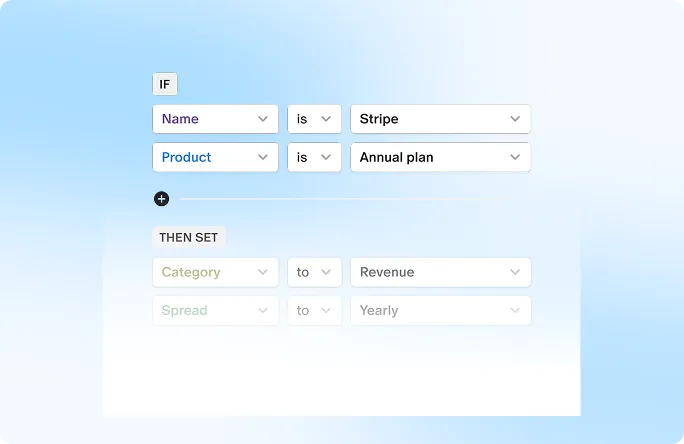Introduction
For venture capital, tear sheets can be extremely crucial. Having originated from the practice of tearing out relevant news articles for potential investments, tear sheets (aka fact sheets) are now mostly found in digital formats, allowing partners and investors with a one-page document that gives them a quick run-down of the opportunity.
This blog covers tear sheets in analysis, offering insights on their composition and best practices for creating the perfect tear sheet.
What are Tear Sheets?
A Tear sheet is a one-page document that helps summarize all key information about an investment opportunity. It includes financial metrics, highlights about the opportunity and the added risk factors. Often also known as Fact sheets, they play a pivotal role as they provide quick insights into investment opportunities, especially for the limited partners of VCs.
What do Tear Sheets include?
The document highlights basic company knowledge, some key metrics such as revenue and growth great, investment highlights such as market opportunity and economic moats, and risk factors including market or operational risks. The sheet provides detailed information in a digestible format, allowing one to quickly analyze and assess the given material, efficiently.
Why are Tear Sheets important for investments?
Knowing the importance of tear sheets in the investment world is vital- the main benefit being their ability to efficiently communicate important knowledge. Though there is extremely nuanced data included in investment analysis, tears sheets provide a one-page and concise summary of the necessary key metrics and insights. The readers can easily grasp the important aspects, without dealing with unnecessary and excessive information.
Moreover, a good tear sheet can push the time line, and contribute to quicker decision-making. With a structured format, a reader can easily evaluate the opportunity and make well-informed decisions. This pace can be crucial in a market where timely actions can be the factor separating winners and losers.
They also play a crucial part in portfolio performance tracking. They can serve as reference points for tracking the progress and outcomes of investments, over a period of a time. This can help investors to look at how successful their strategies have been, in a shorter time frame.
Most importantly, though the tear sheet can help with information digestion and decision-making, it helps with communication, by making it easier for investors to share their insights with the necessary stakeholders.
4 Best Practices for creating a Tear Sheet
What helps separate a good tear sheet from a bad one is the practices followed while making it. Following the best practices can help ensure the tear sheet remains as effective as possible in fulfilling all its duties.
1. Firstly, accuracy and transparency are of utmost importance. Investors often rely solely on the tear sheet to make extremely important decisions, so it is pivotal that the information presented is update and accurate. Furthermore, transparency helps build a foundation of trust.
2. Consistency in the formatting remains crucial. A proper, standard layout could make it easier for the reader to find information and compare it if need be. A good layout would include solid headings, proper sectioning and labelling to improve readability.
3. Further customization for the target audience, by tailoring the sheet for specific needs or preferences could improve the engagement the sheet receives. This could include adding an omitting the necessary information, as seen fit.
4. Most importantly, regular updates to maintain the relevance and accuracy of the sheet are paramount. With the everchanging market, tear sheets need to be reviewed and changed with updated information on a timely basis.
By following these practices, one could optimize the usefulness of the sheet for proper analysis and, helping investors make better and more well-informed decisions.
Conclusion
Tear sheets can help one make more informed decisions, and ultimately contribute to the success of all stakeholders involved.
Not only are they key instruments for communicating with stakeholders, but they also enable efficient decision making and help in portfolio management.
Following the noted best practices, such as accuracy, customization, consistency, and making regular updates can help improve the quality of a tear sheet, thereby making investors make quicker and better decisions too. Overall, tear sheets aka fact sheets remain a vital tool in the world of finance and venture capital.


 Equity management
Equity management

 Fund management
Fund management

 Fund management
Fund management

 Fund management
Fund management



































